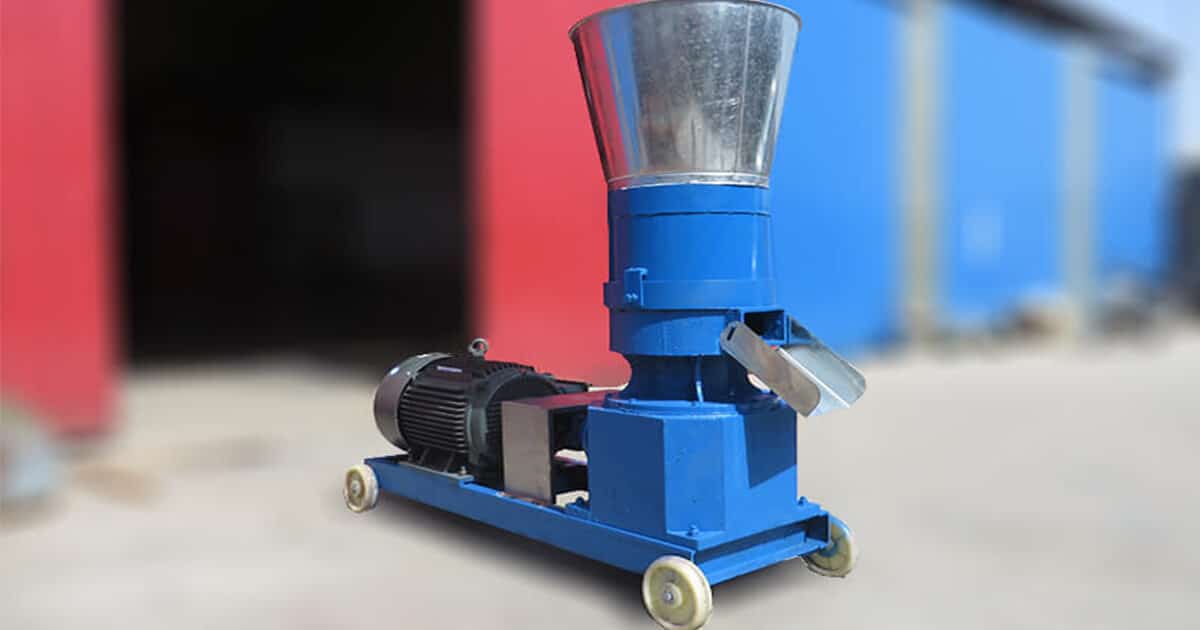
| Price | 500-6000 USD |
| Delivery Time | 10-15 days |
| Available | In Stock |
| Package | In Free Fumigation Wood Box |
| Guarantee | 1 Year |
| Shipping | By Sea or By Air |
| Payment Method | Wire Transfer or Western Union |
| Brand | Victor |
Chicken Feed Pellet Machine Overview
| Production Output | 0.1-2 t/h |
| Power | Electric motor or diesel engine |
| Voltage | 110-415V |
| Raw Materials | Cereal, corn, wheat, barley flour, soybean, oil seed meal/cake, edible leaf, fish meal, bone powder, etc |
| Type | flat die type |
| Final product size | 3-10 mm |
| Application | food pellet production, feed pellet industry |
| Used For | chicken food production |
Electric vs Diesel Chicken Feed Pellet machine Output & Energy
diesel engine chicken feed pellet machine
| Model | Diesel Engine Power(HP) | Output(kg/h) | Weight(kg) |
| VTKLP-125 | 4 | 50-80 | 100 |
| VTKLP-150 | 5 | 100-150 | 150 |
| VTKLP-210 | 10 | 200-400 | 260 |
| VTKLP-230 | 15 | 300-500 | 350 |
| VTKLP-260 | 20 | 500-700 | 420 |
| VTKLP-300 | 25 | 700-900 | 650 |
| VTKLP-360 | 30 | 900-1200 | 900 |
| VTKLP-400 | 40-50 | 1200-1500 | 1200 |
electric chicken feed pellet machine
| Model | Electric Power(kw) | Output(kg/h) | Weight(kg) |
| VTKLP-125 | 3 | 50-80 | 80 |
| VTKLP-150 | 4 | 100-150 | 110 |
| VTKLP-210 | 7.5 | 200-400 | 210 |
| VTKLP-230 | 11 | 300-500 | 280 |
| VTKLP-260 | 15 | 500-700 | 300 |
| VTKLP-300 | 18.5 | 700-900 | 500 |
| VTKLP-360 | 22 | 900-1200 | 700 |
| VTKLP-400 | 30-37 | 1200-1500 | 900 |
chicken Feed Production video: 3-4mm Pellet
chicken feed pellet machine introduction
The fast-growing feed pellet business makes chicken feed pellet mill popular on farms. it is simple, small, low price, and it can save energy. the chicken feed pellet making machine is very good for small workshops, chicken farms, and big factories.
You can use the raw materials like corn, soybeans, wheat bran, rice and so on to make meals. The chicken feed pelletizer mill uses electric power. so it can save energy and protect environment, but it can also work with diesel engine.
for chicken farmers, you can choose the flat die chicken food processing machine, becaues it is very easy and simple to operate. Our chicken feed manufacturing machine is the top choice for your farm.
What’s more, the chicken feed pellet making machine price is very low, They can make 50kg to 1200kg of food per hour. There are two types: small and big. Small ones make 50-200kg/hour, that is perfect for family farms or home use. Big ones make over 500kg/hour, which is good for food factories or large farmings.

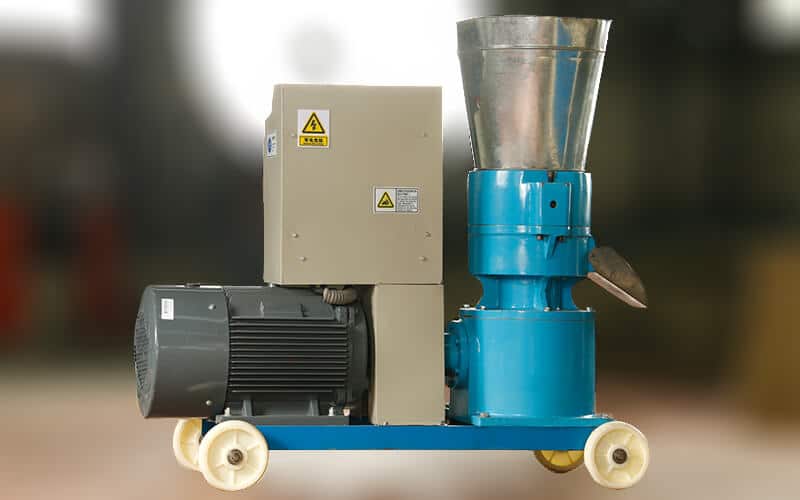
Factors Affect Chicken Feed Pellet Machine Price and Quality
1.Capacity and Size:
large chicken feed pellet machine price is higher, and small machine price is lower. but both of them can work great for small farms. but large machines are the best for large feed factories and large farmings.
2.Technology and Features:
Machines with cool tech like smart buttons and size-changing parts cost more. But they make better food faster.
3.Material and Durability:
our machines are made with strong steel that can work longer. so the price may be higher at first but it can save you money later.
4.Brand and Manufacturer Reputation:
well-known suppliers have better quality chicken feed pelletizer mill with high price. but they will fix problems fast and have better after-sales service.
Finding the Best Price & Quality
1. Research and Compare:
First, you should check different chicken feed pellet machine. Check their features, prices, and so on. check farmer groups online, farm shows, or talk to factory experts.
2. Consider the Total Cost of Ownership:
do not look very low price at first. just think about power cost, maintainence cost, and how many years the machine can work. the machine with higher price at first but may save you money on less power and maintainence.
3. Warranty and After-sales Support:
Choose machines with good after-sales quick help service. better after-sales service can make your farm working without stops.
4. Seek Recommendations:
Talk to local farmers or online groups. Their real stories can help you to find high quality chicken feed pellet press that work hard and save you money.
4 Industrial Advantages: Germ Elimination & 25% Moisture Control
This chicken feed pellet machine works for rabbits, fish, ducks, chickens, shrimp, pigs, cows, sheep, and factory pellets. Farmers use it to make plastic pellets, plant food pellets, and wood fuel pellets.
The squeezing process can kill germs and bugs. This means the chicken feed pelletiser mill can prevent chickens from sickness. the finished pellets are dry because of high temperature. This makes it longer for storage. The dry pellets hold their shape in water. Animals can get more nutrients from their food.
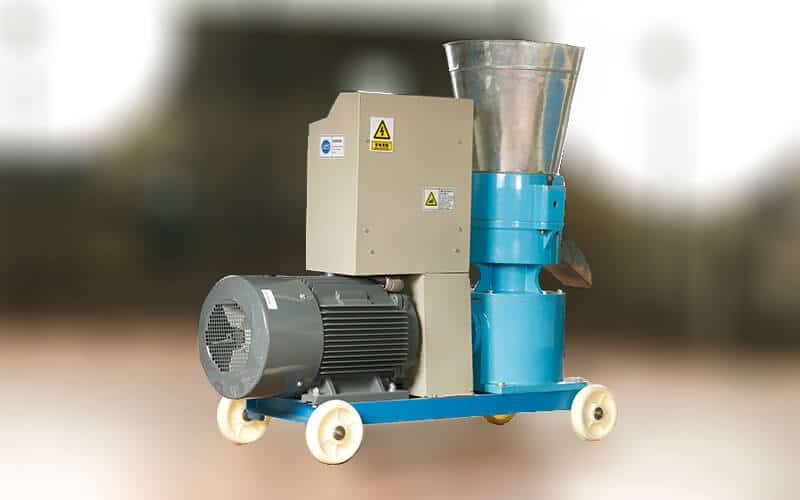
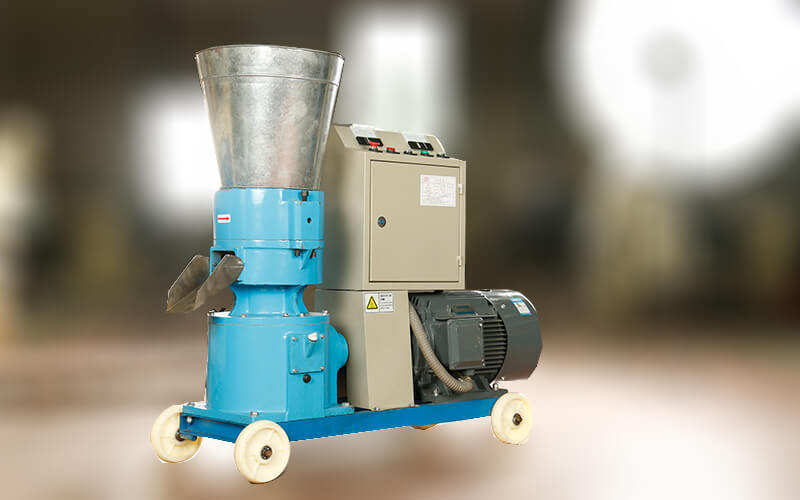
You can use whole corn without grinding to make chicken food. This means you do not need a crusher machine. The chicken feed processing machine makes smooth pellets with right hardness. When making pellets, heating helps keep more nutrients in the food.
Pellets come in the same size and shape every time. You can get them in 2mm to 8mm sizes (φ2-φ8). Farmers should choose the best size for their animals. Choose what is the best for your chickens or cows at each growth stage. When making chicken meals, you need to add at leat 25% water if using dry materials.
Feed Science: 3-4 Month Shelf Life & Faster Chicken Growth
Food pellets help animals grow better. They have a smooth surface and are very hard. A special treatment makes them easy for chickens to chew and digest. This means more nutrients get used, making animals grow faster.
dry pellet food can stay fresh longer. Powder food has about 15% moisture. powder food will get damp easily, clumps together, and can go bad. This makes it less valuable than pellet food.
Pelleting cuts water down to 10%-12%, which meets storage rules. When stored right, pellets stay good for 3-4 months. That’s 2-3 months longer than powder food.
Solving Traditional Feeding: Digestibility Boost & Anti-Pecking Tech
Unique Features of the Chicken Feed Pellet Machine
This chicken feed pellet machine works great for small farms or home use. It helps chickens grow faster and stay much healthier. The machine makes food better – healthier and tastier. It can make 2-10mm perfect pellet food for all chickens, from chicks to big hens.
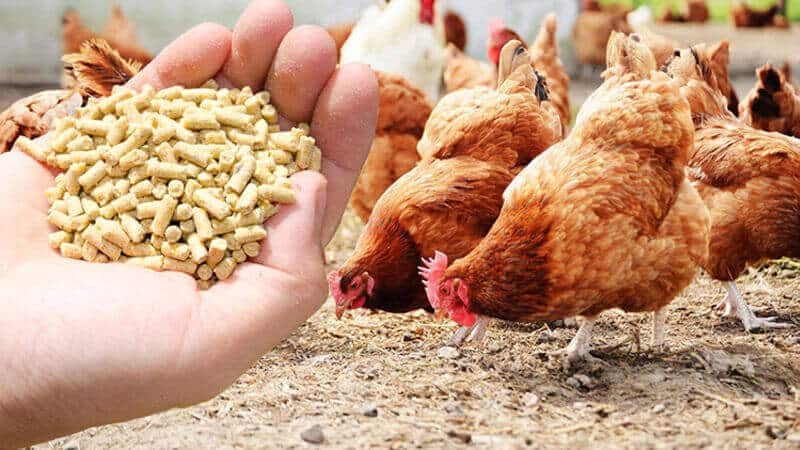
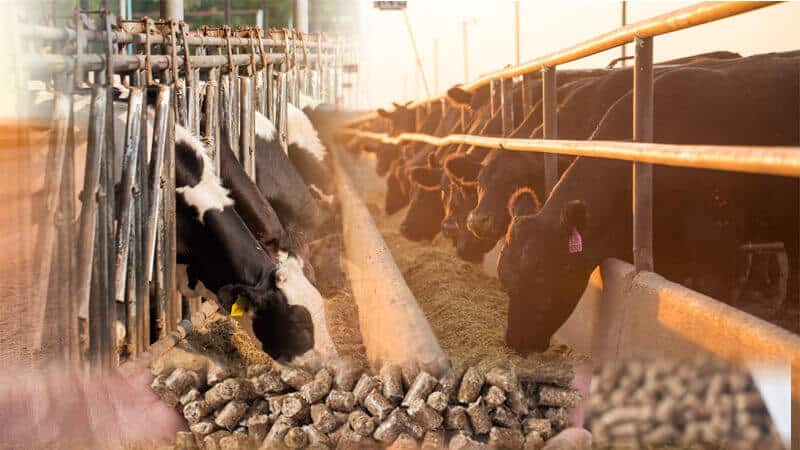
Challenges of Traditional Feeding Practices
feeding chickens with corn or millet is very easy but also easily causes problems. Their bodies can’t break down these hard original grains well. Chickens have no teeth and short guts.
the food that is hard to digetst will lead to poor growth and wasted food. Eating the same food every day hurts their health over time.
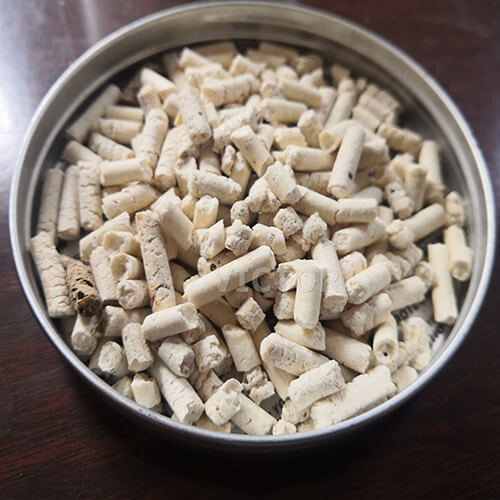
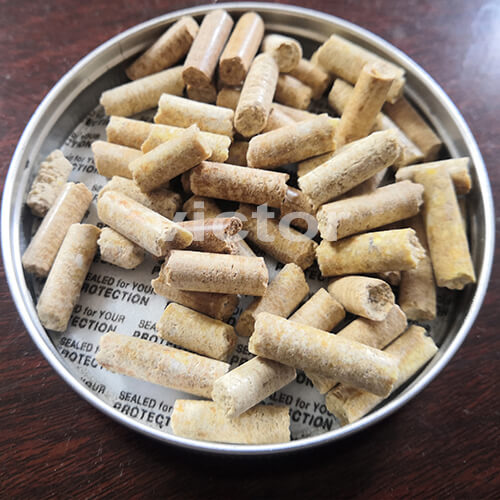
Optimal Nutrition for Improved Poultry Health and Productivity
for daily eggs, you can feed hens with mixed meals to make them get more proten and minerials. Grind grains into powder and mix with bran, bean cake, fish meal, and bone meal.
This makes food easy to digest. Adding amino acids, vitamins, and health boosters to chicken food pellets. This can help chickens grow faster, stay much healthier, and make you get more money.
